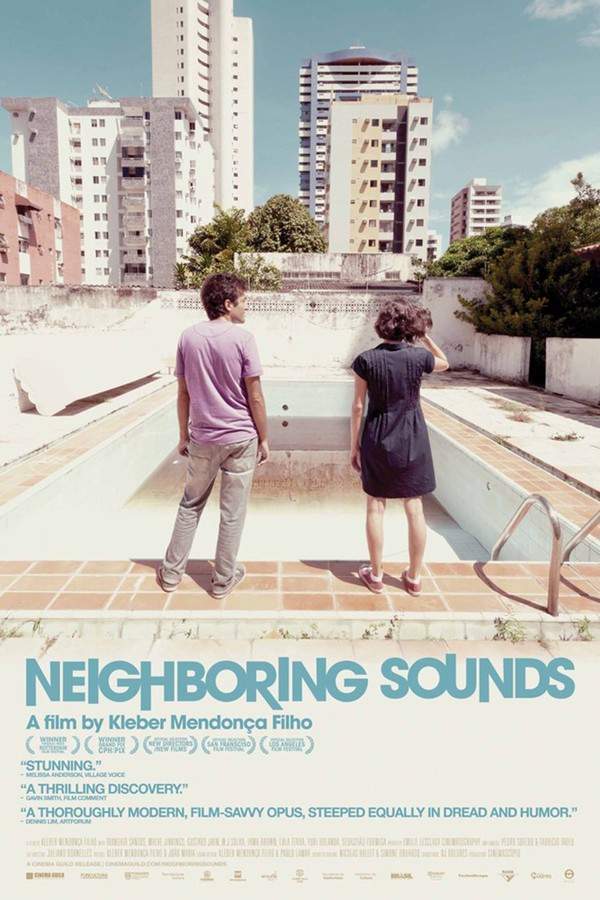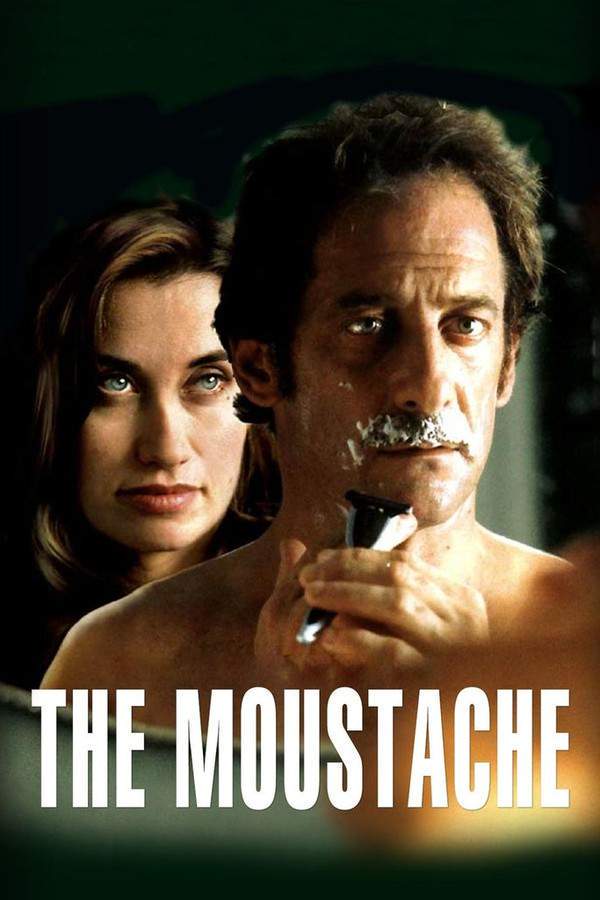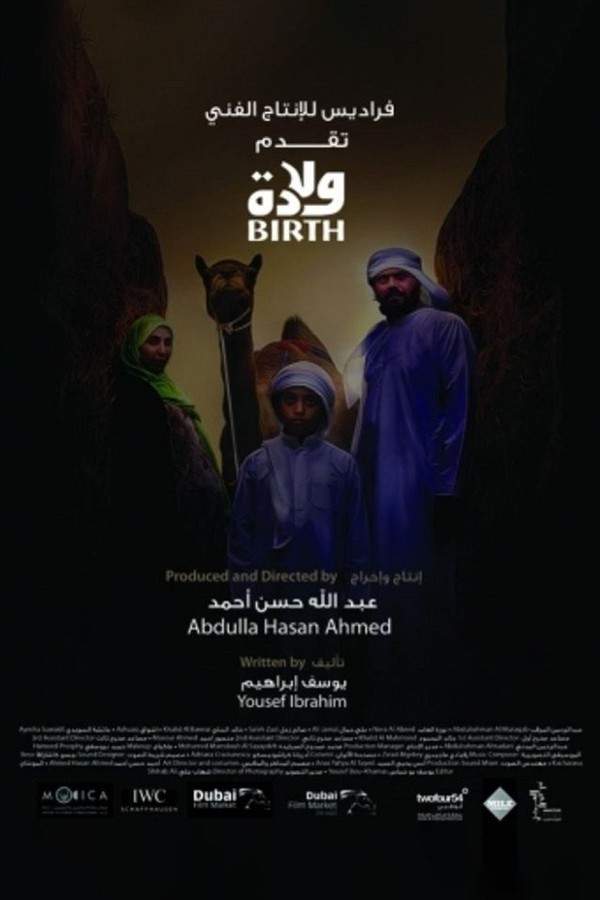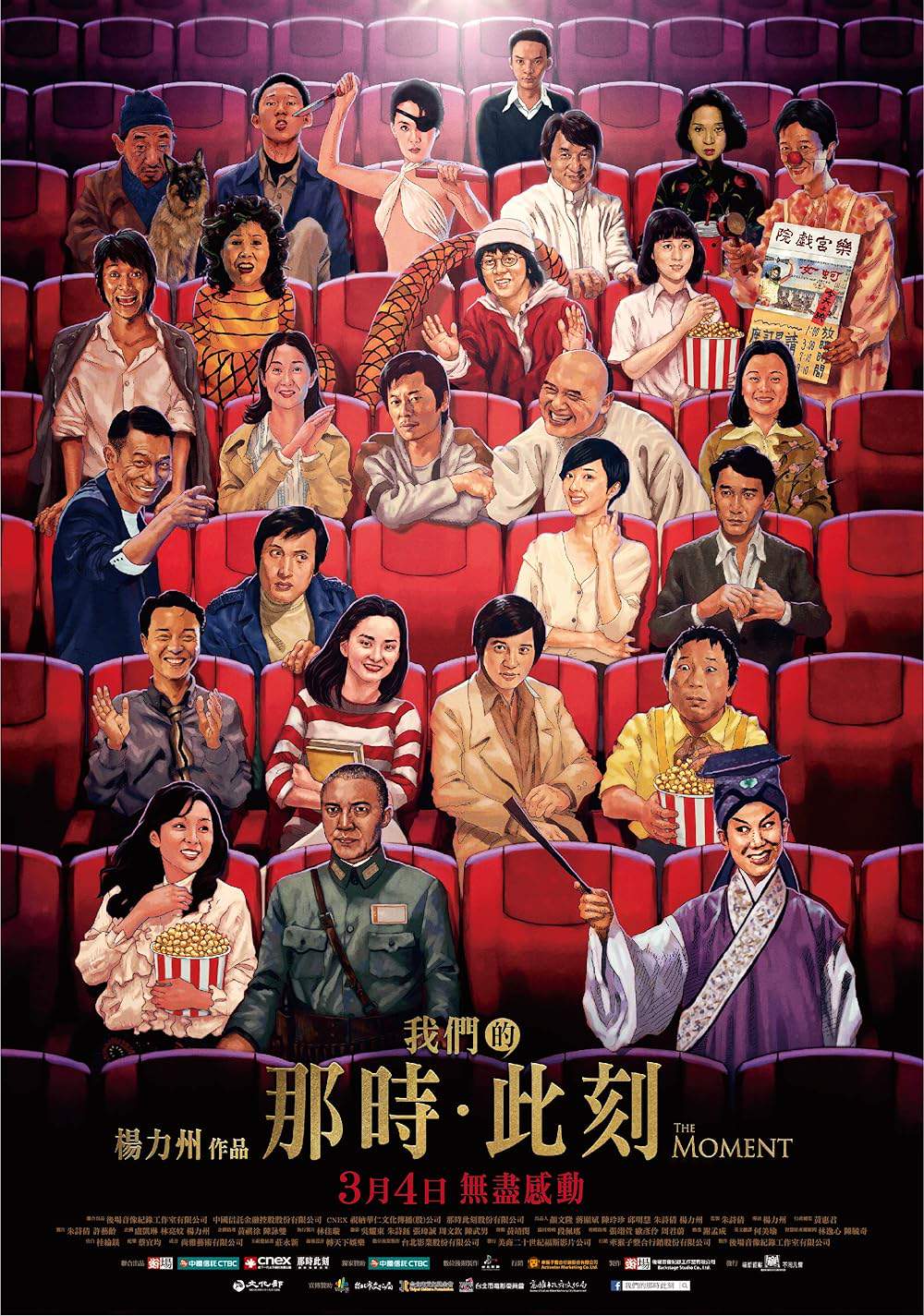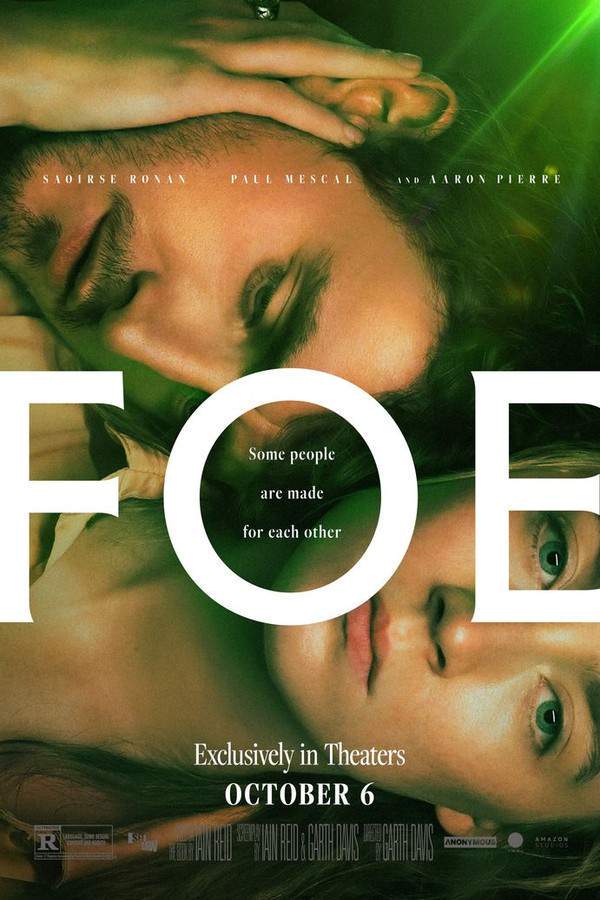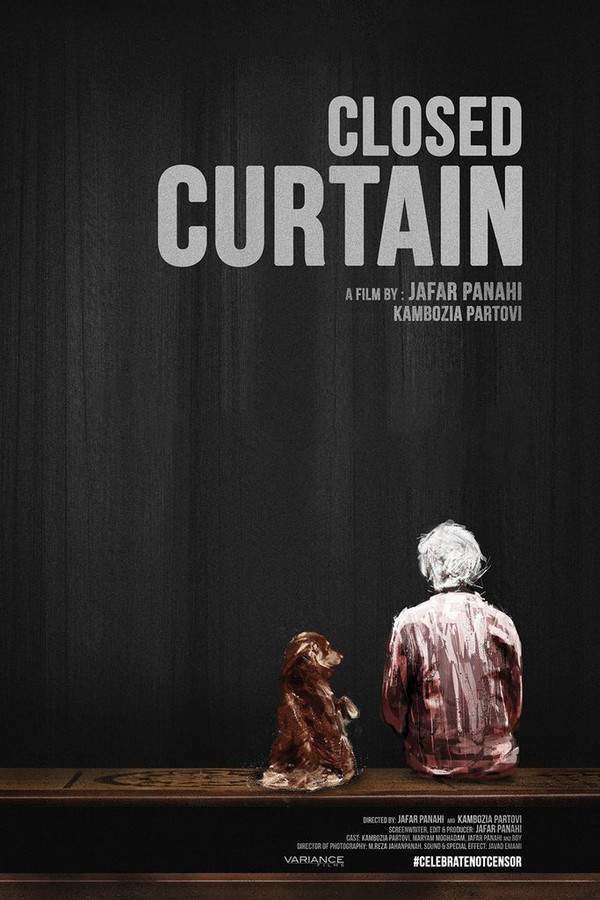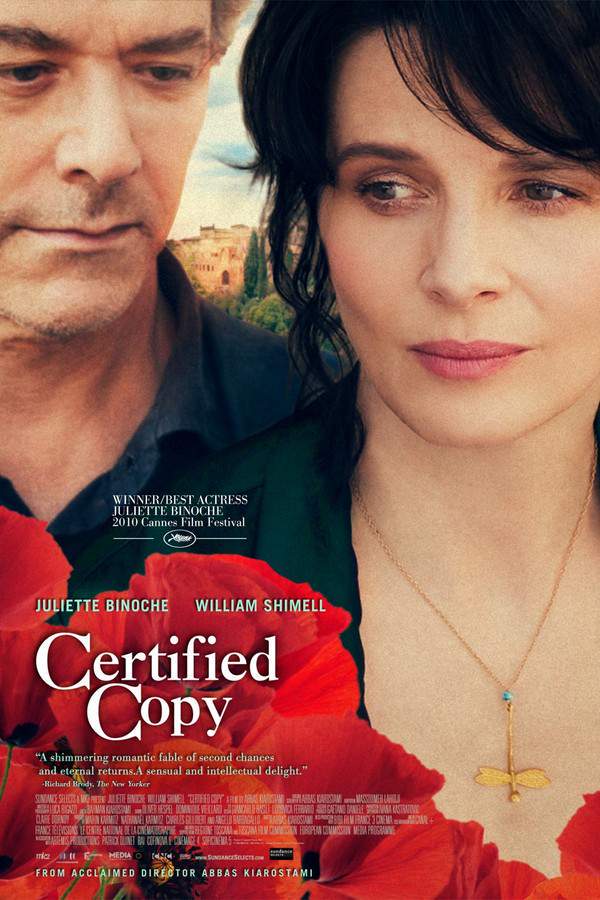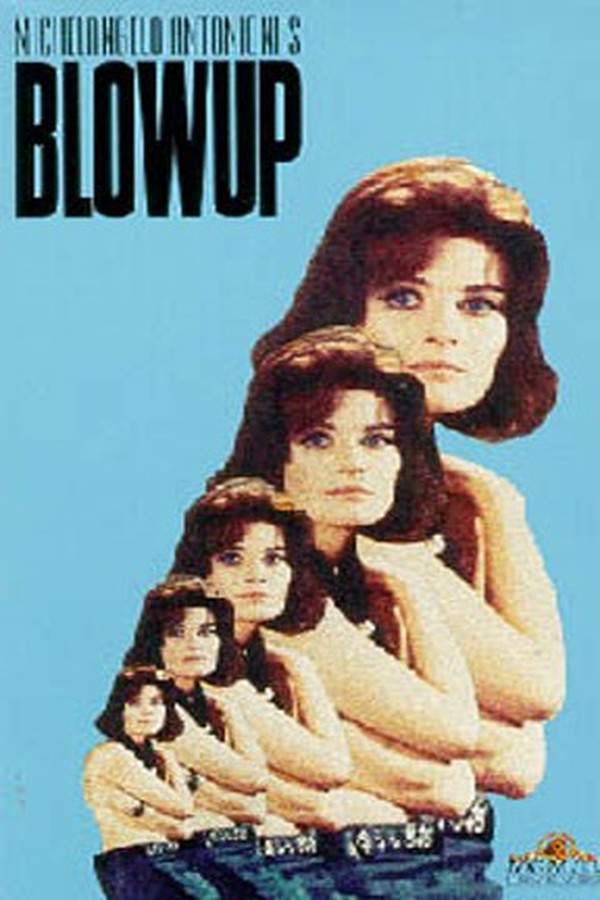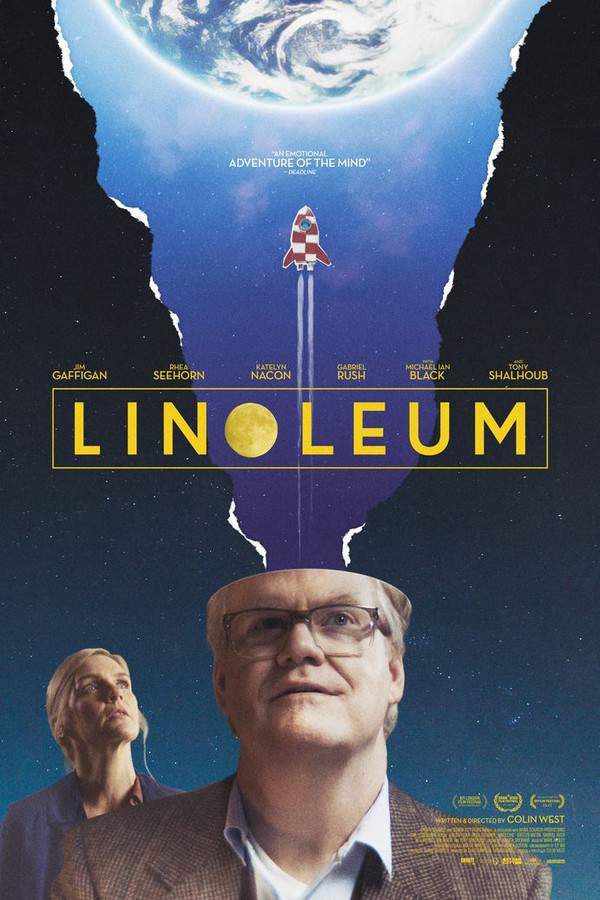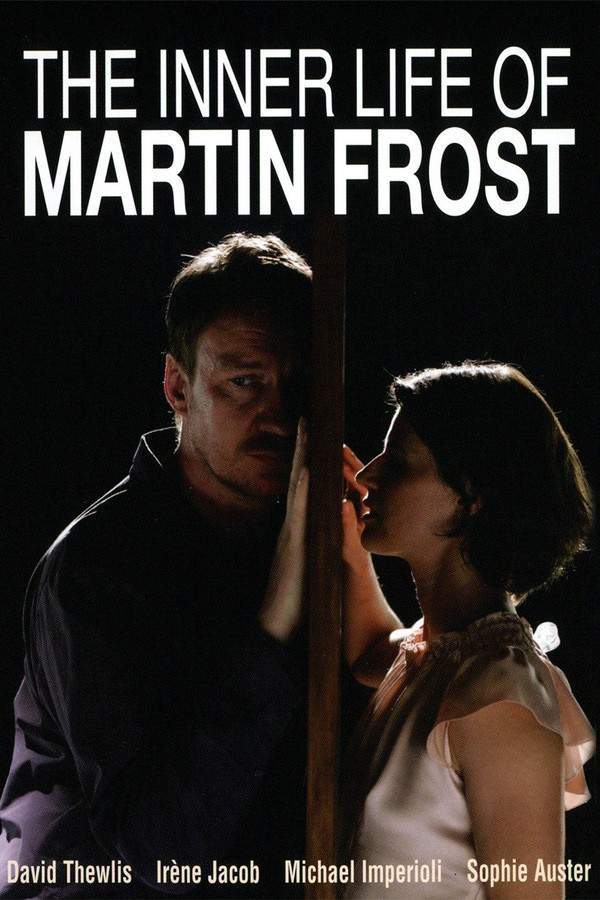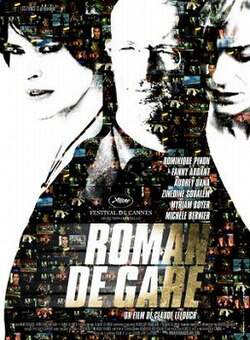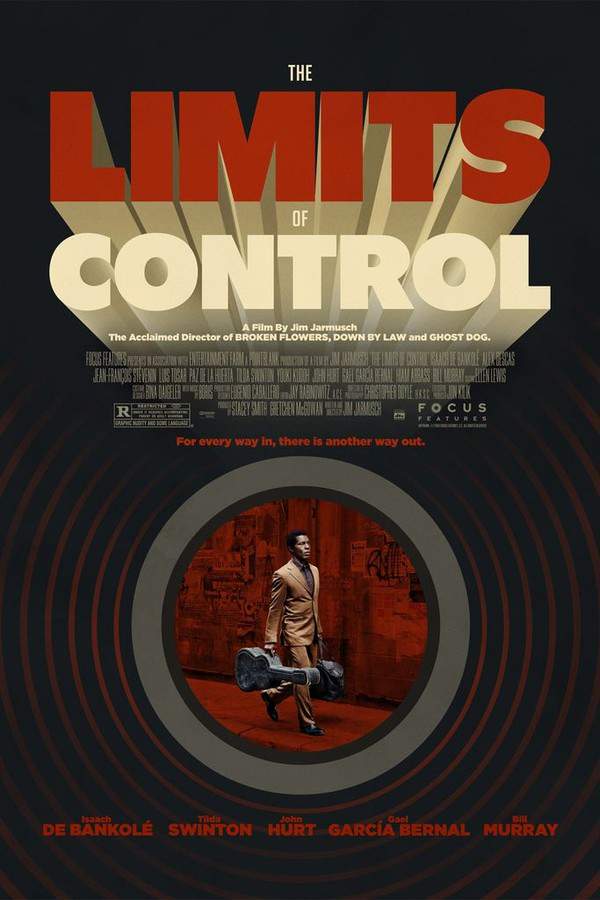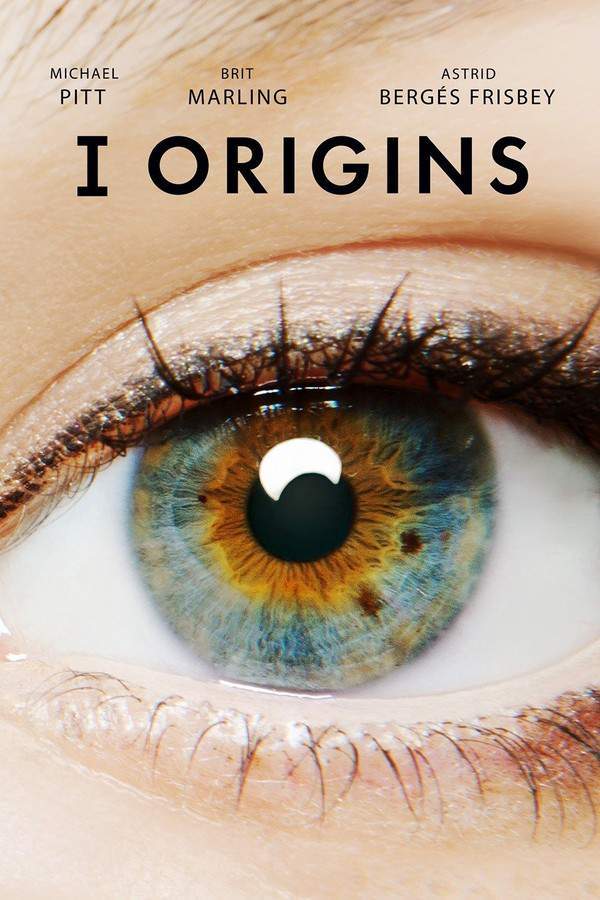
Unruled Paper
Year: 2002
Runtime: 115 mins
Language: Persian
Director: Nasser Taghvai
Royaa, a mother of two, pursues her long‑held ambition of becoming a writer. As she juggles parenting and her creative aspirations, her marriage to the enigmatic architect Jahaan spirals into intense conflict, forcing her to confront whether the life she knows and the truths she trusts are merely an illusion.
Warning: spoilers below!
Haven’t seen Unruled Paper yet? This summary contains major spoilers. Bookmark the page, watch the movie, and come back for the full breakdown. If you're ready, scroll on and relive the story!
Unruled Paper (2002) – Full Plot Summary & Ending Explained
Read the complete plot breakdown of Unruled Paper (2002), including all key story events, major twists, and the ending explained in detail. Discover what really happened—and what it all means.
Jahāngir is a draughtsman who may be an architect by trade, but the film frames his life as something more than a job. He shares a marriage with Roya, a housewife who has recently started a scriptwriting course at his encouragement. The couple’s daily reality is gently teased into something more performative as Roya, with a keen sense for storytelling, sketches a bedtime tale for their children Shangul and Mangul—a tale that echoes a familiar Persian fable reminiscent of The Wolf and the Seven Little Kids. The kids themselves emerge as imaginative, theatrically inclined figures, hinting that the line between life and story may be blurrier than it first appears. The film’s opening scenes ground this tension in a precise, almost documentary-like attention to ordinary space and time, while the quiet cadence of the film invites us to listen for what lies beneath the surface of ordinary conversation.
The heart of the drama shifts when Jahāngir reveals the true nature of his project: what begins as a villa on an island is, in fact, a prison compound on the same island. The revelation arrives after a charged exchange with Roya, whose curiosity about her husband’s past and his private ambitions becomes a test of how well they really know one another. The exchange is not simply a quarrel; it is a test of trust, transparency, and the possibility that the couple’s dialogue might itself be a script—perhaps the very script Roya is crafting for her class, with each family member playing a role. The tension sits between truth and imagination, between what is publicly spoken and what remains unspoken beneath the surface. The film’s deliberate ambiguity invites viewers to ask whether we are watching a story unfold in real life or a life being rehearsed for a story, and whether either version reveals the deepest truth about the couple’s relationship.
A pivotal voice within the film is the professor of literature, a reflective and wise figure who has lived a long, storied life. This character’s observations ground the narrative in philosophical inquiry, turning private domestic drama into a meditation on time, art, and free will. The professor’s presence lends weight to the idea that the couple’s conversations are more than heated exchanges; they are philosophical experiments about how humans choose to live and imagine. The professor is portrayed by the actor [Jamshid Mashayekhi], whose performance lends a steady, contemplative cadence to the film’s dialogue and moral inquiries.
As the drama unfolds, the film turns a stark visual metaphor into a near-tangible symbol of intimacy and restraint. In a late scene—one of the film’s most striking conceits—a knife slips from the table to the floor and is immediately reached for from opposite sides of the room. Jahāngir grasps the knife’s handle, while Roya clasps the opposite edge of the blade. This moment, charged with risk and delicacy, underscores a gendered boundary that Iranian cinema often negotiates. In a society where physical contact between men and women is tightly regulated, the act becomes a measured, almost ritualistic expression of trust, vulnerability, and an unspoken acknowledgment of shared danger and need.
The cast’s broader texture enriches the world the film builds. Roya’s mother, played by [Jamileh Sheikhi], moves through the narrative as a connective thread to a more intimate, familial sphere, while Afarin Obeisi, Niku Kheradmand, and Hanieh Moradi populate the surrounding life with quiet, human detail that keeps the central questions grounded in lived experience. The film’s meticulous design—its careful set pieces, the stubborn, almost ritualized pacing, and its insistence on rendering “ordinary” spaces with extraordinary clarity—creates a sense that every corner of the room, every breath, and every pause carries weight beyond the moment of their occurrence.
Ultimately, the movie asks us to consider what a life is, if not a continuous negotiation between the stories we tell about ourselves and the truths we dare to live. The pendulum-like silence of many scenes, contrasted with the heated exchanges that punctuate the couple’s nights and days, suggests that memory and imagination may act as engines of meaning when time itself seems to stand still. The result is a film that remains sensitive to the rhythms of domestic life while gently pushing them into a larger discussion about creativity, responsibility, and the limits—and liberations—of free will. The conclusion lingers not with a decisive answer but with the sense that the room, the family, and the story will continue to shift in light, memory, and choice.
Last Updated: October 09, 2025 at 16:55
Explore Movie Threads
Discover curated groups of movies connected by mood, themes, and story style. Browse collections built around emotion, atmosphere, and narrative focus to easily find films that match what you feel like watching right now.
Movies where domestic life feels uncanny, like in Unruled Paper
Stories where the familiar home becomes a site of mystery and quiet dread.If you liked the tense, atmospheric mystery within the home in Unruled Paper, explore other movies that reveal the unsettling truths beneath domestic surfaces. These films, often slow-paced dramas or psychological thrillers, share a sense of quiet dread and philosophical inquiry into marriage, trust, and the performance of everyday life.
Narrative Summary
Narratives in this thread typically center on a protagonist, often a woman, who begins to perceive cracks in the foundation of their seemingly stable home life. The plot unfolds not through dramatic events, but through a gradual accumulation of small, disquieting details that challenge their perception of reality and their partner's trustworthiness.
Why These Movies?
Movies are grouped here by their shared ability to generate tension from domestic spaces and interpersonal relationships. They share a slow, deliberate pacing that builds atmospheric unease, a medium-to-high complexity arising from psychological ambiguity, and a tone that blends tension with melancholy and contemplation.
Movies about the blurring of art and reality like Unruled Paper
When the act of creation begins to warp the creator's perception of the real world.For viewers who appreciated the meta-narrative of a writer's life influencing her story in Unruled Paper, this section features movies where creativity and reality collide. These complex dramas explore themes of artistic obsession, the performative nature of self, and the philosophical questions that arise when life imitates art.
Narrative Summary
The narrative pattern follows a creative individual who uses their art to process or escape their reality. As their project develops, it begins to mirror, influence, or even distort their actual life, creating a feedback loop that challenges their grasp on the truth and often leads to an ambiguous or unresolved conclusion.
Why These Movies?
These films are united by their thematic focus on the nature of creativity and truth. They share a complex narrative structure that intentionally blurs layers of reality, a contemplative and sometimes melancholic mood, and a serious emotional weight that delves into existential questions without resorting to graphic content.
Unlock the Full Story of Unruled Paper
Don't stop at just watching — explore Unruled Paper in full detail. From the complete plot summary and scene-by-scene timeline to character breakdowns, thematic analysis, and a deep dive into the ending — every page helps you truly understand what Unruled Paper is all about. Plus, discover what's next after the movie.
Unruled Paper Timeline
Track the full timeline of Unruled Paper with every major event arranged chronologically. Perfect for decoding non-linear storytelling, flashbacks, or parallel narratives with a clear scene-by-scene breakdown.

Characters, Settings & Themes in Unruled Paper
Discover the characters, locations, and core themes that shape Unruled Paper. Get insights into symbolic elements, setting significance, and deeper narrative meaning — ideal for thematic analysis and movie breakdowns.

Unruled Paper Spoiler-Free Summary
Get a quick, spoiler-free overview of Unruled Paper that covers the main plot points and key details without revealing any major twists or spoilers. Perfect for those who want to know what to expect before diving in.

More About Unruled Paper
Visit What's After the Movie to explore more about Unruled Paper: box office results, cast and crew info, production details, post-credit scenes, and external links — all in one place for movie fans and researchers.



